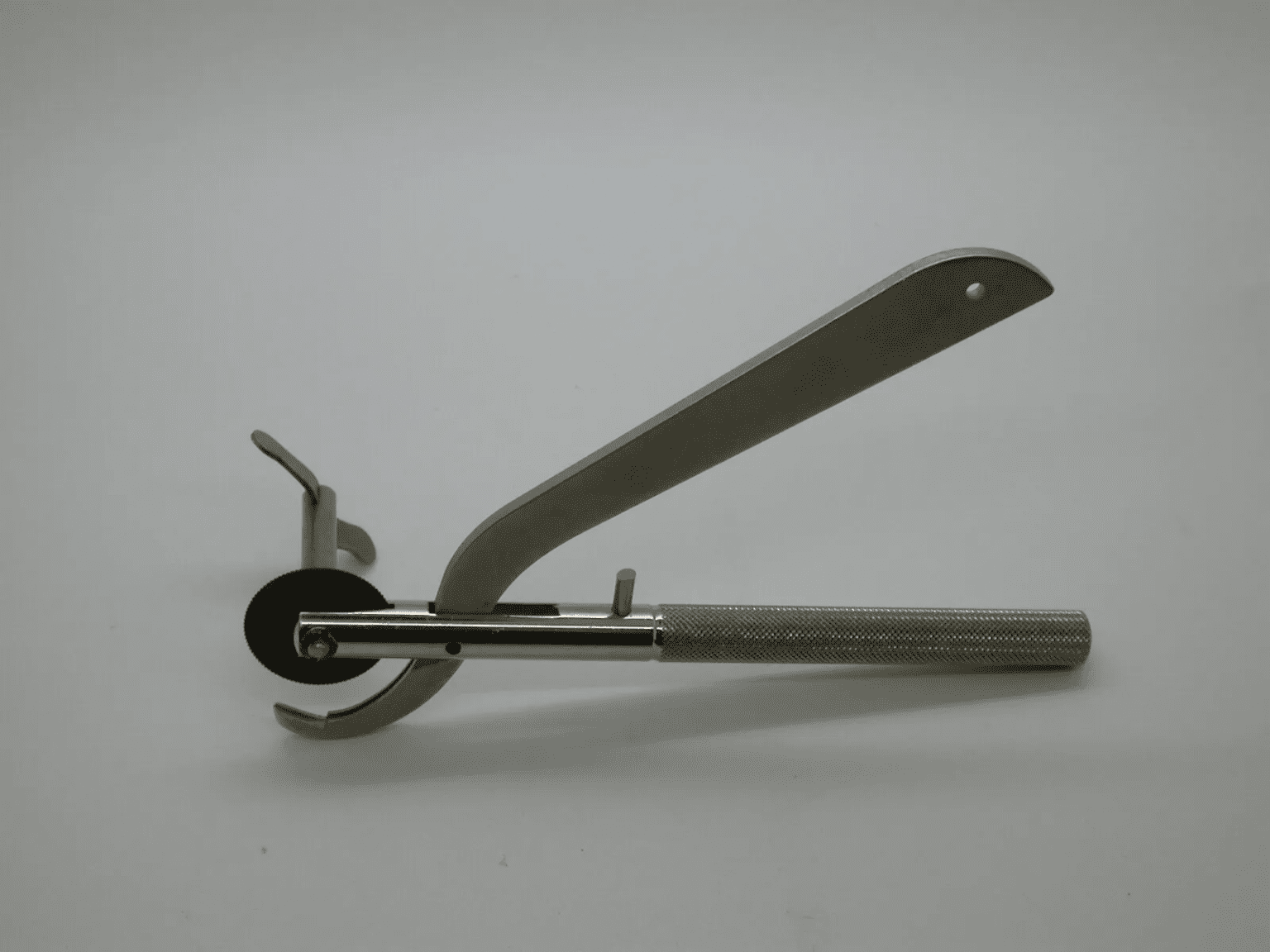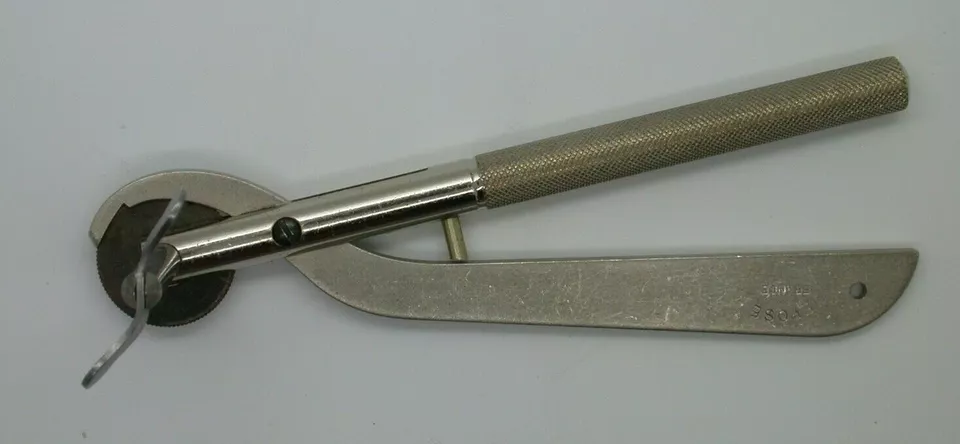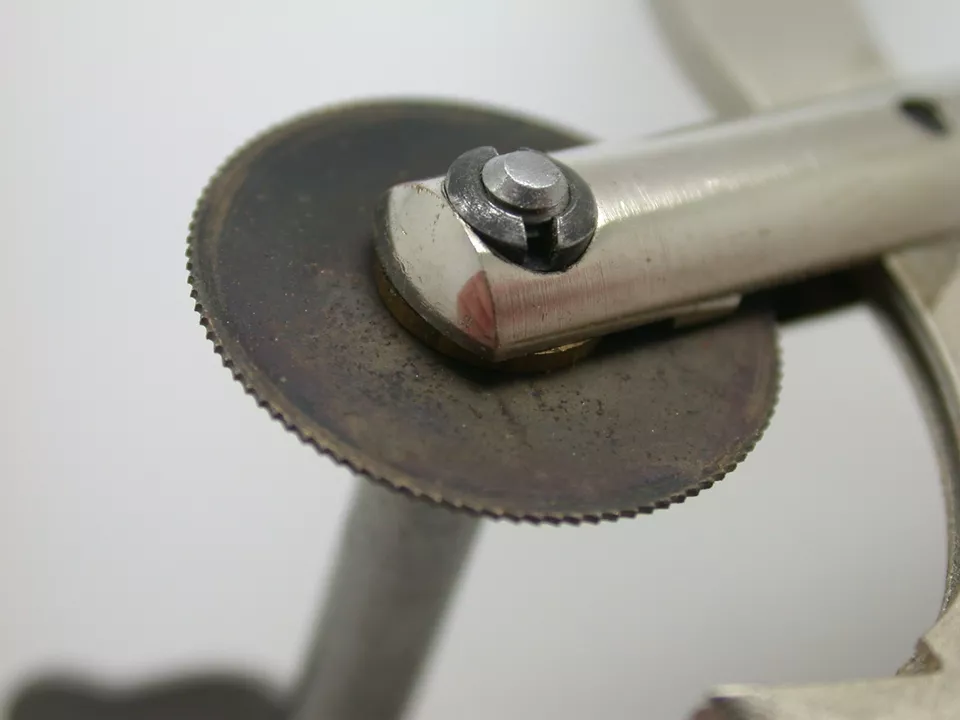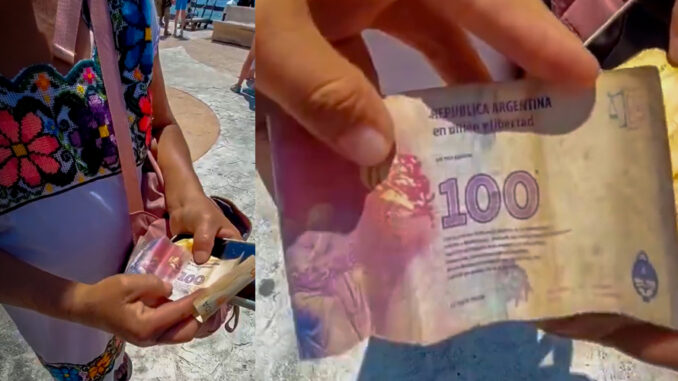The art of jewelry making has evolved significantly over the centuries, yet some tools remain iconic symbols of the craft. Among these is the vintage ring cutter, a tool steeped in history and tradition. Developed in the late 19th and early 20th centuries, the vintage ring cutter played a crucial role in the world of jewelry making and repair. This article delves into the rich history, practical usage, and enduring legacy of this indispensable tool, shedding light on why it continues to be cherished by jewelers and collectors alike.
A Glimpse into History: The Birth of the Vintage Ring Cutter

The vintage ring cutter emerged during a period of rapid industrialization and innovation in jewelry craftsmanship. In the late 1800s and early 1900s, the demand for jewelry was on the rise, fueled by a growing middle class with a taste for personal adornment. As rings became more intricate and varied in design, the need for specialized tools to resize and repair them became evident.
Early ring cutters were manually operated, often featuring intricate designs that reflected the artistry of the time. These tools were robustly constructed, capable of cutting through metal bands with precision and care. The craftsmanship of these early cutters was a testament to the skilled artisans who relied on them daily. As time progressed, the design of ring cutters evolved, incorporating advanced mechanisms and materials to improve functionality and precision, making them indispensable tools in any jeweler’s toolkit.
Practical Usage: How Jewelers Utilized the Vintage Ring Cutter
The vintage ring cutter was a versatile tool with several critical functions in the jewelry-making process. Its primary uses included resizing rings, safely removing stuck bands, and performing delicate repairs on damaged pieces.
Ring Resizing: Precision in Adjustment
Resizing rings was one of the most common tasks for jewelers, and the vintage ring cutter was essential for this process. Whether a customer needed a ring made smaller or larger, the cutter allowed jewelers to make precise cuts in the metal band. To reduce a ring’s size, the jeweler would use the cutter to remove a small section of the band before soldering the ends back together. For enlarging a ring, the cutter facilitated the careful removal of the existing band to add extra material, ensuring a seamless and secure fit.
Ring Removal: Safe Solutions for Stuck Bands
Rings can sometimes become stuck on fingers due to swelling or damage, presenting a challenge for both the wearer and the jeweler. The vintage ring cutter provided a safe solution, enabling jewelers to remove the ring without causing injury. Designed to make clean, controlled cuts, the cutter could slice through the metal band without damaging any gemstones or intricate designs on the ring. This precision was vital in preserving the ring’s integrity while freeing the wearer from discomfort.

Repairs: Restoring Beauty and Functionality
Over time, rings can suffer from wear and tear, leading to cracks or deformities in the metal. The vintage ring cutter was an essential tool for making repairs, allowing jewelers to cut and reshape the metal as needed. This capability ensured that even the most damaged rings could be restored to their former glory, maintaining their sentimental and monetary value.
The Evolution of Ring Cutters: From Manual to Mechanized

As the jewelry industry advanced, so did the tools of the trade. The vintage ring cutter, originally a simple manual device, saw various innovations aimed at enhancing its efficiency and precision. Early models typically featured a scissor-like mechanism, with two blades that came together to cut through the ring. Some designs included a rotary blade, which offered even greater control and the ability to handle thicker metals.
Over time, manufacturers began introducing adjustable settings to these cutters, allowing jewelers to accommodate different ring sizes and metal thicknesses with ease. These innovations made the ring cutter more versatile, capable of handling a wide range of jewelry pieces, from delicate gold bands to sturdier platinum rings.
Legacy and Modern Relevance: Why Vintage Ring Cutters Are Still Cherished

Despite the advent of modern tools and technology, the vintage ring cutter remains a symbol of skilled craftsmanship. Its legacy is evident not only in the continued use of these tools by traditional jewelers but also in their value as collector’s items. Vintage ring cutters are prized for their historical significance, often regarded as artifacts that offer a glimpse into the practices of a bygone era.
Appreciation by Artisans and Collectors
Artisans who value traditional jewelry-making techniques still use vintage ring cutters in their work. These tools represent an era when manual skill and precision were paramount, and using them is a way to connect with the craft’s rich history. Collectors, on the other hand, seek out vintage ring cutters for their unique designs and craftsmanship. These tools are not only functional but also aesthetically pleasing, often featuring intricate engravings and high-quality materials that make them stand out as pieces of art in their own right.
A Testament to Enduring Craftsmanship

The continued appreciation of vintage ring cutters underscores the importance of craftsmanship in the jewelry industry. In an age where mass production often takes precedence over quality, these tools serve as a reminder of the artistry that once defined jewelry making. They highlight the meticulous attention to detail and the dedication to perfection that were hallmarks of the craft.
Conclusion: The Enduring Appeal of the Vintage Ring Cutter
The vintage ring cutter is more than just a tool—it is a symbol of the rich history and tradition of jewelry craftsmanship. Its evolution from a simple manual device to a precision instrument reflects the advancements in the industry, while its continued use and appreciation speak to its timeless appeal. For jewelers, collectors, and enthusiasts alike, the vintage ring cutter represents a connection to the past, a reminder of the artistry and skill that have shaped the jewelry industry for generations.
As we look to the future of jewelry making, the legacy of the vintage ring cutter will continue to inspire and influence, serving as a testament to the enduring value of quality craftsmanship and the timeless beauty of handcrafted jewelry.





